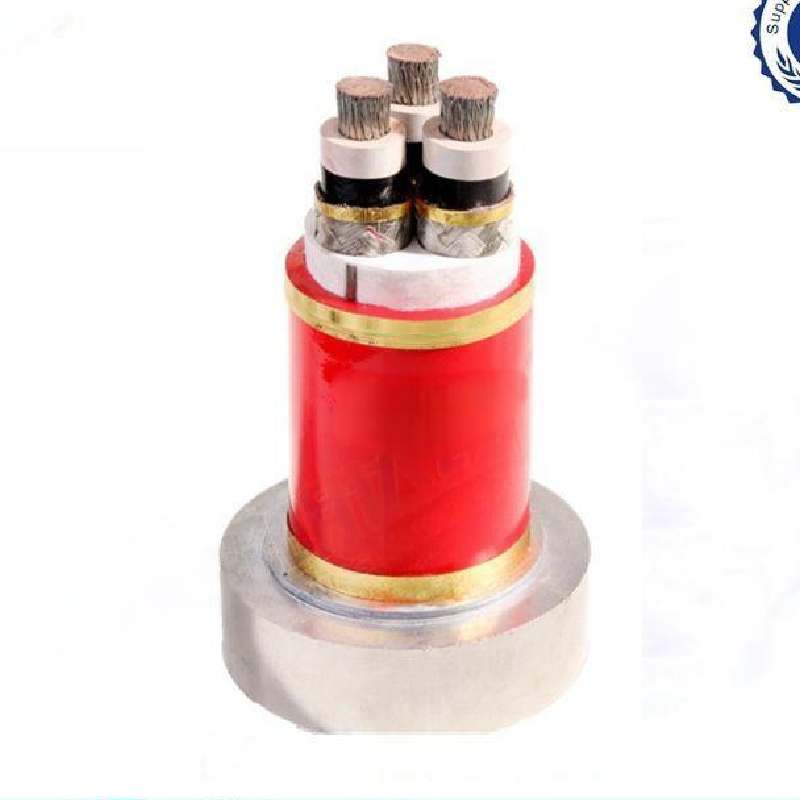Dec . 11, 2024 09:11 Back to list
Three Core Wire Cable for Reliable Electrical Connections and Enhanced Performance
Understanding 3 Core Wire Cable A Comprehensive Guide
In today's technologically advanced world, electrical wiring is a crucial component across various applications, from residential setups to industrial systems. Among the myriad types of electrical cables available, the 3 core wire cable stands out for its versatility, reliability, and safety features. This article aims to provide an in-depth understanding of 3 core wire cables, exploring their structure, applications, benefits, and considerations for use.
What is a 3 Core Wire Cable?
A 3 core wire cable comprises three insulated conductors bundled together within a protective outer sheath. Typically, these conductors feature different color codes, which help identify their specific functions
1. Live (Phase) Wire Usually colored brown or red, this wire carries the current to the load. 2. Neutral Wire Typically blue or black, it returns the current back from the load to the power source. 3. Earth (Ground) Wire Colored green or yellow, this wire provides a safe path for electricity to dissipate into the ground in case of a fault, protecting both equipment and users from electric shock.
Structure and Design
The construction of a 3 core wire cable is crucial to its functionality. The three conductors are insulated with protective materials to prevent any current leakage and to protect against environmental factors. Common insulation materials include PVC (Polyvinyl Chloride) and XLPE (Cross-Linked Polyethylene), known for their durability and electrical insulation properties.
The outer sheath of the cable is designed to offer additional protection against mechanical damage, moisture, and chemical exposure, making 3 core wire cables suitable for various installation environments. Depending on the specific application, cables may be designed for flexibility, armoring, or increased resistance to heat and chemicals.
Applications of 3 Core Wire Cable
The versatility of 3 core wire cables has led to their widespread use in a range of applications
1. Residential Wiring In homes, 3 core cables are often used for lighting circuits and power distribution, connecting fixtures and outlets to the main power supply with a safe earthing system in place. 2. Commercial Installations In commercial settings, these cables provide reliable power to equipment, tools, and other electrical devices while ensuring safety through proper grounding. 3. Industrial Usage In industrial environments, 3 core cables are essential for connecting machines and equipment to power sources, particularly for machinery that requires an earth connection to mitigate the risk of electric shock. 4. Outdoor Applications Due to their robust design, 3 core cables are suitable for outdoor use, where they can be employed in garden lighting, pumps, and other devices exposed to weather elements.
Advantages of Using 3 Core Wire Cable
The use of 3 core wire cables presents several benefits
3 core wire cable

- Safety The inclusion of an earth wire ensures a safe dissipation path for fault currents, minimizing the risk of electric shocks and electrical fires.
- Versatility These cables can be used in various applications, making them a popular choice among electricians and contractors.
- Ease of Installation The bundled structure simplifies installation processes, allowing for quicker connections and reducing installation costs.
- Enhanced Resistance With appropriate insulation materials and outer sheathing, these cables can withstand environmental factors, contributing to their longevity.
Considerations
When selecting 3 core wire cables for a project, a few key considerations must be taken into account
1. Cable Rating Ensure that the cable's current rating is suitable for the intended application to prevent overheating and electrical failures.
2. Installation Environment Consider environmental factors such as moisture, temperature, and chemical exposure which may require specific types of insulation or cable construction.
3. Local Regulations Always adhere to the local electrical codes and regulations when using electrical cables to ensure safety and compliance.
4. Quality Invest in high-quality cables from reputable manufacturers to guarantee performance and reduce the risk of failures.
Conclusion
In conclusion, the 3 core wire cable is a fundamental component in the electrical industry, offering safety, versatility, and ease of use. Whether in residential, commercial, or industrial applications, these cables play a vital role in ensuring a reliable electrical supply while prioritizing safety standards. Understanding their construction, applications, and benefits can help professionals and DIY enthusiasts alike make informed decisions when it comes to electrical wiring projects.
Share